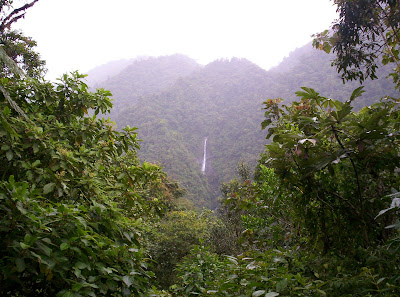General rules for entry visas (non-resident)
1. No need for a consular visa, maximum stay up to 90 days.
Due to the existence of bilateral agreements, citizens of the following countries can enter the country without a consular visa for a stay of up to 90 days:
Germany, Finland, Poland, Uruguay, Argentina, France, Paraguay, Austria, Holland, Belgium, Hungary, Puerto Rico, Brazil, Israel, United Kingdom, Canada, Italy, Greece, South Korea, Japan, Romania, Denmark, Liechtenstein, Sweden, Spain, Luxembourg, Switzerland, USA, Norway, Trinidad and Tobago, Panama.
2. No need for a consular visa, stay up to 30 days.
Citizens of the following countries are allowed to enter the country and stay up to 30 days with no need to apply for a visa:
Antigua & Barbuda, Philippines, Taiwan, Australia, Grenada, Republic of Ireland, Bahamas, Guatemala, Rusia, Barbados, Guyana, South Africa, Belize, Honduras, St. Kitts & Nevis, Bolivia, Iceland, San Marino, Bulgaria, Jamaica, St. Lucia, Chile, Kenya, St. Vincent & the Grenadines, Dominica, Mexico, Singapore, El Salvador, New Zealand, Surinam, Slovakia, Monaco, Turkey, Vatican City, Venezuela.

3. With visa, stay up to 30 days.
Citizens of the following countries do require a consular visa prior to them entering the country for a maximum stay of 30 days.
Andorra, Malaysia, Belarus, Malta, Cyprus, Nicaragua, Colombia, Peru, Ecuador, Dominican Republic, Egypt, Thailand, Slovenia, Zimbabwe, Lithuania.
4. Restricted access.
For the rest of the countries, visas will be granted after individual study of every case.
Residency card
It is technically possible to apply oneself for it, although it is easier to put it all on the hands of a specialized lawyer, who will charge between $1000 and $1500.
Kinds of residency permits and requisites:
Pensioners and retirees:
If you earn at least $600 every month from your pension, or $1000 from your investments, then you have the right to apply for residence.
-Residency for investors
In order to apply you must first invest in a company or business in Costa Rica. There are some sectors, deemed prioritary, where the minimum required investment is about $50,000:
Ornamental plants, leather, spices, vegetable products, food and timber industry and tourism. For any other sector, the minimum amount to invest would be of about $100,000. One must live in Costa Rica during at least six months a year, and you don’t need to justify any level of income.
-Work permit.
If you have the required professional qualifications, acquired in an officially recognized institution, you can obtain a work permit or a temporary residency permit.
Pets
In order to introduce domestic animals into the country, you must provide a health certificate for them, issued by the Ministry of Health and filled in by a veterinary at the origin. With this document you get an authorization, valid for thirty days that you must present at the customs.
Remember that when returning to your home country, you’ll most likely need a new certificate issued by a Costa Rican veterinary.




























